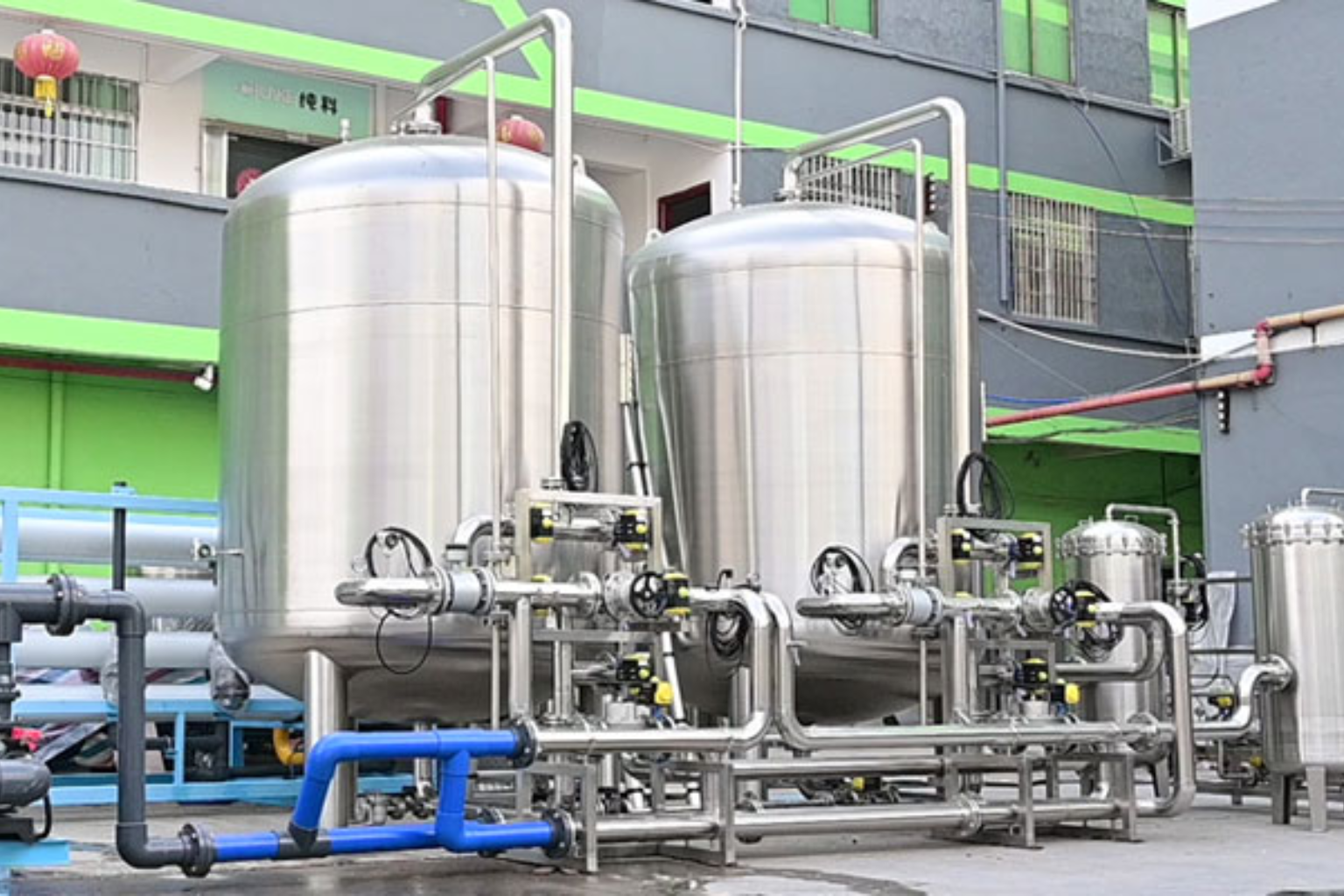I’ve always thought water was one of those things you don’t really question. You turn on the tap, fill your glass, and move on. But living in Austin has taught me that water can be a little more complicated than that. Between the limestone-heavy soil, aging pipes, and those mysterious mineral buildups that sneak up on faucets and coffee makers, water here can carry a story you might not see at first glance. And that story is best uncovered with a little bit of testing.
The Subtle Signs of Hard Water
Most people in Austin have, at some point, dealt with the telltale streaks on their shower doors or the stubborn white film on dishes that somehow survives the dishwasher. These annoyances aren’t just about looks; they’re a classic sign of hard water. Hard water isn’t harmful in the way contaminated water is, but over time, it can wear down appliances, clog pipes, and even leave your hair feeling dry and brittle.
That’s why homeowners often reach for a hard water test kit Austin residents can easily find online or at local stores. It’s one of those simple, quick steps that puts the vague suspicion into concrete numbers. Instead of wondering whether your water is “kind of hard” or “really hard,” you’ll have a measurable answer.
Why Water Testing Isn’t Just About Hardness
Hardness might be the most visible issue, but it’s far from the only concern. Austin’s water, like anywhere else, can carry traces of things you don’t necessarily want in your glass: chlorine, lead, nitrates, or even bacteria. None of this is said to alarm you, but rather to underline a simple point—testing isn’t about paranoia, it’s about peace of mind.
Plenty of companies now offer a free water test Austin homeowners can schedule without much hassle. A technician comes by, runs a few checks, and gives you a clearer picture of what’s going on in your pipes. Think of it less like a doctor’s visit and more like checking the oil in your car—it’s preventative care.
Understanding the Local Context
Austin is unique in that its water sources are tied to the Highland Lakes and regional groundwater, both of which pick up minerals from limestone and soil. Add in the city’s growth, old infrastructure in certain neighborhoods, and environmental pressures, and you’ve got a mix that can change from block to block.
A proper water analysis Austin homeowners can rely on doesn’t just test for generic problems; it also considers these local nuances. For example, while a downtown condo might deal more with chlorine levels from city treatment, a home further out near Lake Travis might see heavier mineral deposits.
How Testing Changes Everyday Life
It’s funny how something as simple as a water test can trickle into so many parts of your day-to-day life. Suddenly, the coffee tastes smoother because the minerals aren’t interfering with the flavor. Your skin feels less itchy after a shower. The laundry comes out softer without having to drown it in fabric softener. Even your appliances, from dishwashers to water heaters, tend to run better and last longer.
In a way, testing is less about water itself and more about reclaiming comfort and convenience. No one wants to keep scrubbing limescale rings out of the toilet or replacing a barely-three-year-old water heater.
The Cost vs. Benefit Equation
A lot of people hesitate because they assume water testing is expensive or complicated. The truth? It’s usually cheaper and easier than you think. Store-bought kits cost less than dinner at a nice restaurant, and professional testing often comes bundled with consultations for treatment options.
And if you catch something early—say, slightly elevated levels of chlorine or higher-than-average hardness—you save yourself from bigger bills down the line. Replacing corroded pipes or buying new appliances prematurely is far pricier than investing in a test and maybe a water softener.
The Human Side of It
What often gets overlooked is the way water connects to how you feel in your own home. I’ve spoken with families who said they never realized how much stress hard water was adding until they fixed it. Small frustrations—like faucets breaking down, kids refusing to drink tap water because it “tastes weird,” or even pets avoiding their bowls—were all tied back to untreated water.
There’s something grounding about knowing the water flowing through your house is exactly what you want it to be. It’s a kind of everyday security we don’t think about until it’s missing.
Taking the First Step
If you’re in Austin and haven’t tested your water recently (or ever), consider this a nudge. Whether you start small with a kit or call in a local company offering free testing, you’ll walk away better informed. And knowledge is empowering—because once you know, you can decide what action, if any, you want to take.
Maybe it’s adding a filter under the sink, maybe it’s investing in a whole-house softener, or maybe it’s realizing your water is fine and you can relax. Either way, it beats living with question marks.
Wrapping It Up
Water isn’t just another utility bill—it’s the stuff we drink, cook with, shower in, and build daily rituals around. In Austin, where hard water and mineral-heavy sources are part of the landscape, testing isn’t a luxury. It’s common sense.
So the next time you notice spots on your glassware or a faint chemical taste in your glass, don’t shrug it off. Take a little time to check what’s flowing through your pipes. It’s one of those small steps that pays off in cleaner clothes, healthier skin, longer-lasting appliances, and, most importantly, peace of mind.




